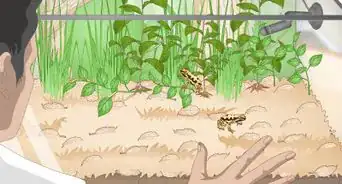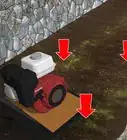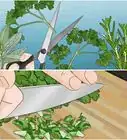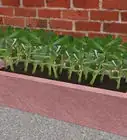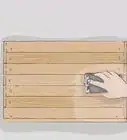This article was co-authored by Chai Saechao. Chai Saechao is the Founder and Owner of Plant Therapy, an indoor-plant store founded in 2018 based in San Francisco, California. As a self-described plant doctor, he believes in the therapeutic power of plants, hoping to keep sharing his love of plants with anyone willing to listen and learn.
There are 19 references cited in this article, which can be found at the bottom of the page.
This article has been viewed 24,349 times.
A vertical garden is an excellent way to upcycle an old bookshelf! If you’re jonesing for a fun and functional creative project, make it your own by painting the bookshelf and adding any other special touches. You can keep it inside or outside depending on where you want to showcase your favorite plants. However, if you’re going for an outdoor vertical garden, be sure to check your USDA plant hardiness zone so you know your plants will stay happy and healthy.
Steps
Cleaning and Sanding the Bookshelf
-
1Choose a hardwood or metal bookshelf you don't use anymore. If you recently found a bookshelf or want to upcycle your own, it might be perfect for your vertical garden! Try to pick one with at least 3 or 4 evenly-spaced shelves so you can fit lots of planters on each tier.[1]
- If you want to have tall plants, make sure the shelves are far enough apart to allow them to grow upward without hitting the shelf above.
- Check to make sure the shelves and sides don’t show signs of rotting, cracks, or wobbly screws.
- Wooden bookshelves do better inside so the wood doesn’t deteriorate from rain or harsh weather. However, you can waterproof it with a sealant so it stays in tip-top shape.
-
2Scrub down the bookshelf with a damp microfiber towel or sponge. For a hardwood shelf, spray a little water onto each shelf and wipe them down with a microfiber cloth.
For a metal shelf, dampen a sponge, pour 2 tablespoons (30 mL) of white vinegar onto it, and use that to rub the shelves clean. Put some elbow grease into it to get as much of the dust and grime off of the shelves and sides as you can.[2]- For a lustrous finish on a metal bookshelf, rub on some stainless steel polish with a soft rag.
Advertisement -
3Sand down a hardwood bookshelf if you want to paint it. Use a 150, 180, or 220-grit sanding block to get the shelves smooth to the touch. Hold the block firmly in your hand and move it back and forth along the grain (not side to side) with even pressure. Wipe away the dust when you're done.[3]
- If you don't have a sanding block, you can also cut a rectangle of sandpaper and wrap it around a small piece of wood.
- If you have an electric sander, follow the directions in the instruction booklet about how to load it and use it safely.
- A metal bookcase usually doesn’t need to be sanded. However, a good sanding or scrub-down with steel wool can get rid of any rusty spots.
Warning: Wood dust can cause respiratory issues and irritate your eyes, so only sand outdoors and always wear a mask and protective eyewear.[4]
Priming and Painting The Bookshelf
-
1Apply acrylic primer if you’re painting it with acrylic paint or keeping it outdoors. Grains of the wood can show through the final coat of paint later on, so use an acrylic primer to ensure your paint job looks great and lasts a long time.
Apply it in long, even strokes with a wide paint brush and let it dry for at least 4 hours before adding your first coat of paint.[5]- You can find priming spray at any home improvement or hardware store in the same aisle as the paint-on primer.
- You don’t have to use a primer if you’re keeping your bookshelf inside, but it’ll help the acrylic paint stay on longer without chipping.
- If you want to stain the wood with a wood stain like oak, mahogany, or chestnut, apply the wood stain first and then paint or spray on the primer to lock it in.
-
2Paint the bookshelf with at least 2 coats of acrylic or water-based latex paint. Apply the paint in long, even strokes with a wide paintbrush or roller brush. Wait at least 4 hours for the first coat to dry before adding a second coat.
If you’d rather use spray paint, move to a well-ventilated area and put on a mask. Shake the canister and hold it 6–8 inches (15–20 cm) away from the wood. Spray the first coat on in long, even strokes then wait 4 to 6 hours to do another coat. It may take a while, but it’ll be worth it for a customized bookshelf garden![6]- Feel free to get creative with stencils if you’re using spray paint and want to add some artful touches to your bookshelf. Use a floral stencil to go with a garden theme or use stencil lettering to write your name, words of encouragement, or your favorite quote onto the side of the shelf—the possibilities are endless!
- Choose warm colors like red, orange, or yellow to make the green leaves on your plants stand out. Or, you can choose deep red, purple, blue, or green to make it look calm and inviting. Bright white paint is a good choice if you want it to look clean and minimalist.
- Consider painting the vertical backs and sides of each shelf a different color from the rest of the wood to add some character and depth. For instance, you might paint the backs and sides of each interior shelf a soft white and make the rest of the wood baby blue.
- Be sure to paint or spray paint outdoors or in a well-ventilated room and put down some newspaper or a tarp to protect nearby surfaces.
-
3Wait at least 4 to 6 hours for the paint to dry completely. After the final coat is on, check the time so you know when you’re ready to start gathering or potting your plants. If the bookshelf is inside, open a nearby window or set up a fan to help the paint dry faster.[7]
- The paint will be dry to the touch after just 1 or 2 hours, but it may still be prone to chipping or smudging so it’s better to wait a full 4 to 6 hours.
-
4Protect a wooden outdoor bookshelf with a waterproof sealant. After the paint has dried completely, apply a water-based polycrylic sealant with a wide paintbrush.
If you’re using sealant spray, hold the canister 6–8 inches (15–20 cm) away from the surface and spray it on in long, even strokes. Let it dry for at least 4 to 6 hours before you start to decorate the shelves with plants and other knick-knacks.[8]- You can buy polycrylic sealant from any home improvement or hardware store.
- The sealant will look a little cloudy at first, but it’ll dry clear to show off your beautiful paint job!
- You can also use an oil-based sealant like polyurethane but it’s not a great choice because it emits toxic fumes.
Adding Plants
-
1Place the bookshelf in a spot that gets at least 4-6 hours of sunlight. Put the vertical garden somewhere that works for most (if not all) of the plants’ needs.
Pick a spot that’s spacious and easy to get to so you can water the plants when you need to. Make sure it's in an area that gets at least 4 to 6 hours of direct or indirect sunlight to keep your plants healthy and happy![9]- If you're putting it outside, don't put it near your driveway or a child's play area—anywhere with heavy foot traffic is a bad idea because it may accidentally get knocked over.
-
2Install furniture anchoring hooks on either side of the shelf to hold it in place. Once your bookshelf is in place in front of a wall or fence, screw or nail furniture anchoring hooks or brackets into the wall behind the bookshelf on the left and right sides.
Attach the other end of the anchoring hooks (at the end of each strap) to the back of the bookshelf either with nails or screws. The strap between the shelf and the wall should have very little slack so the bookshelf won’t wobble or topple over.[10]- There are different types of furniture anchoring kits so choose one that works for the material of your walls and the shelf (e.g., heavy-duty screws work best for cement board walls while nails will work for wood and drywall). You can buy them at any hardware or home improvement store.
- This is especially important if you live in an area with earthquakes or strong winds that might blow it over.
- If you're using a leaning bookshelf, definitely secure it to a wall!
- If you're keeping it inside or only putting a few small plants on it, it's okay to skip this step.
-
3Choose plants that thrive in your climate or have similar water and light needs. If you're putting the bookshelf outside, look up your USDA hardiness zone to see which plants do best in your region. And no matter where you put them, take note of the temperature, light, and water the plants require so you know how to keep them healthy.
It’s okay if they have slightly different watering needs but make sure the plants you choose all need the same amount and quality of light (i.e., direct or indirect) since they’ll be in close quarters.[11]- Make sure the plants won't grow so tall that they hit the bottom of the shelf above.
- Succulents are great indoor or outdoor plants that are often pretty stout and easy to take care of.
- Herbs like rosemary, dill, cilantro, and basil are great additions to an indoor or outdoor bookshelf—plus you'll get to enjoy them on your favorite dishes!
- As an example, you might put some succulents and herbs on the top shelf, geraniums and begonias on the center shelves, and ferns or bromeliads on the bottom shelf.
- Avoid vining crops or flowers that need a trellis to grow—these include tomatoes, beans, peas, nasturtium, Mandevilla, trumpet creepers, morning glory, bougainvillea, black-eyed Susans, jasmine, and clematis.
-
4Put the plants in small, well-draining pots filled with nutrient-dense potting soil. Either purchase, plant, or propagate the plants you want to put on your bookshelf. Go to your local garden supply store or nursery to buy starter plants if you'd rather not go through the hassle of germinating seeds and waiting for them to sprout.[12]
- Buying plants can be pricey, so look for special sales and buy smaller ones to save a few bucks.
- Most flowers and houseplants can be put in potting soil, but things like succulents and air plants need different types of soil (or none at all) to ensure the roots don't get too moist.
- If you're sowing the plant from a seed, fill 4 in (10 cm) containers with potting soil and stick the seed 1⁄4–1⁄2 inch (0.64–1.27 cm) into the soil (or however deep the seed packet specifies). Water them every day until you see sprouts. Once they're 4 inches (10 cm) tall, you can transfer them into larger pots.
- If you already have some plants you like, consider propagating them if possible. Pothos, prayer plants, African violets, gardenia, umbrella plants, rosemary, and philodendron are all super easy to propagate from cuttings.
Tip: Always use pots with a well-functioning drainage hole at the bottom to ensure the soil doesn’t get too moist.[13]
-
5Arrange the potted plants on the shelves with the heaviest at the bottom. Put the heaviest containers on the bottom shelf and the lightest ones on the top to help the bookcase stay level and sturdy. Be sure to leave some space between the plants so they're not too cramped and having to fight for sunlight.[14]
- For example, say you have a large potted fern, a big rubber plant, a few medium-sized flowering plants, and some small herbs or cacti. Put the fern and the rubber plant on the bottom, the flowering ones on the middle shelves, and the small pots on top. However, if you have a flowering plant that needs more sunlight than the cacti (like a shasta daisy versus Thanksgiving or Easter cactus), swap them so each plant gets the light it needs.
- If you have trailing plants, put those on top so the leaves can hang down the sides and front of the bookcase.
- If a bottom shelf doesn't get as much light because of the way the bookshelf is facing, it's okay to put that plant on a higher shelf if it needs more light. Just make sure the bookcase is secured to a wall or fence so it doesn't topple over.
-
6Hang small vertical planters onto the sides of the bookcase to maximize space. If you want your bookshelf garden to be bursting with beautiful greenery and blooms, stick vertical planters onto the sides. You can hammer nails into the sides to hang traditional vertical planters or use extra-strength tacky hooks.[15]
- Bromeliads (sky plants), Spanish moss, pink quills, and orchids are all beautiful air plants that will add a touch of tropical charm to your garden. Just make sure they're suitable for your USDA zone if the bookshelf is outside.
- Vines like pothos, ivy, philodendron, and wandering jew are perfect for draping down the sides of the bookshelf. Plus, they’ll thrive if you’re keeping the bookshelf inside where there’s only indirect lighting.
Tip: Consider growing your own moss or making moss graffiti on the outer sides of the bookshelf. You’ll need to cut and hang strips of an old rug and nail them to the sides to protect the wood. Then you can apply the moss paint however you like and watch it grow![16]
-
7Decorate your bookshelf with lights, art, and any other trinkets. If the bookshelf is inside, feel free to put a small lamp on the top shelf to illuminate your lovely garden. If it’s outside, string outdoor twinkle lights around the top or along the shelves of the bookcase.
Place picture frames, candles, decorative vases, jugs, small paintings, sculptures, or books on the shelf to add your own style.- If you’re keeping it outside, don’t put anything on the shelf that can be damaged by water. Stick to stone sculptures and maybe some small pictures or art pieces in weatherproof frames or frames that you don’t care about getting damaged.
- You can also buy short strands of LED “fairy” lights to put on each shelf. Just make sure they’re suitable for outdoor use if your garden is outside.
Community Q&A
-
QuestionI have always been wanting to use an old bookcase as vertical indoor garden. But I do not know how to get grow lights installed. Any help?
 NinoxTop AnswererThe simplest way is to fix the grow lights directly on the boards, but doing that requires that the lamps are waterproof. If its not the case, you have to install the lamps in hermetic cases with appropriate wiring.
NinoxTop AnswererThe simplest way is to fix the grow lights directly on the boards, but doing that requires that the lamps are waterproof. If its not the case, you have to install the lamps in hermetic cases with appropriate wiring.
Warnings
- Double check that the shelves are stable and that the whole bookshelf is situated in a safe, sturdy spot.⧼thumbs_response⧽
- If you have pets and are keeping your vertical garden indoors, make sure to choose non-toxic plants.[19]⧼thumbs_response⧽
- Always put on a mask and goggles before you start standing wood. Never sand indoors because the wood dust can hang in the air long after you’re done and may cause respiratory problems.[20]⧼thumbs_response⧽
Things You'll Need
- Bookshelf
- Water
- Microfiber cloth
- Sponge
- White vinegar
- Fine-grit sanding block (or sandpaper and small wooden block)
- Acrylic or water-based latex paint
- Wide paintbrush or roller brush
- Stabilizing hooks or furniture anchors
- Potted plants (or seeds, potting soil, and pots)
- Polycrylic sealant (optional, for an outdoor wooden bookcase)
- Small vertical planters (optional)
- Paint primer (optional)
- Wood stain (optional)
- Stainless steel polish (optional)
References
- ↑ https://youtu.be/-nAojCFnOL8?t=103
- ↑ https://youtu.be/RKWm6EqlSSM?t=13
- ↑ https://youtu.be/oFWImpoctts?t=68
- ↑ https://www.cdc.gov/niosh/npg/npgd0667.html
- ↑ https://youtu.be/U9jEgXo05A8?t=60
- ↑ https://youtu.be/wS_cjNZ7Ajg?t=136
- ↑ https://youtu.be/l3Sm-s_W2AU?t=961
- ↑ https://youtu.be/MAmye6pDRnc?t=141
- ↑ https://www.apartmenttherapy.com/indoors-or-out-tips-for-creating-a-vertical-garden-230139
- ↑ https://www.consumerreports.org/furniture/how-to-anchor-furniture-to-help-prevent-tip-overs/
- ↑ https://plants.sc.egov.usda.gov/java/
- ↑ https://content.ces.ncsu.edu/extension-gardener-handbook/18-plants-grown-in-containers
- ↑ https://web.extension.illinois.edu/containergardening/choosing_drainage.cfm
- ↑ https://all-americaselections.org/five_vertical_gardening_tips/
- ↑ https://youtu.be/f_nby7vRWuw?t=249
- ↑ https://youtu.be/ciJfAYEiUSI?t=16
- ↑ https://hgic.clemson.edu/factsheet/organic-pesticides-and-biopesticides/
- ↑ https://aggie-horticulture.tamu.edu/earthkind/landscape/proper-pruning-techniques/
- ↑ https://www.aspca.org/pet-care/animal-poison-control/toxic-and-non-toxic-plants
- ↑ https://www.cdc.gov/niosh/npg/npgd0667.html
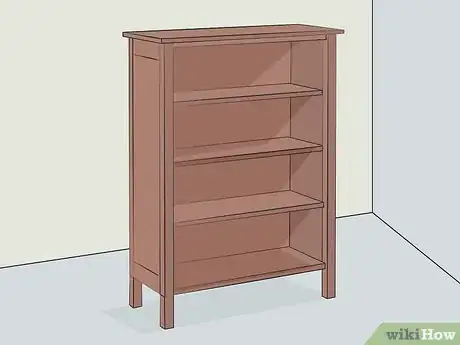
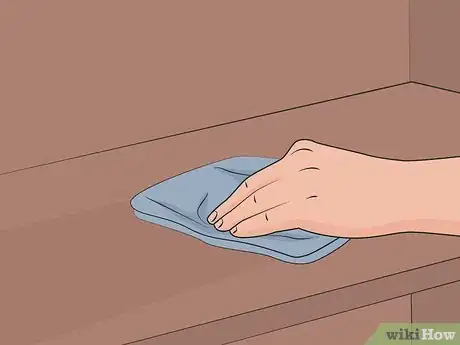
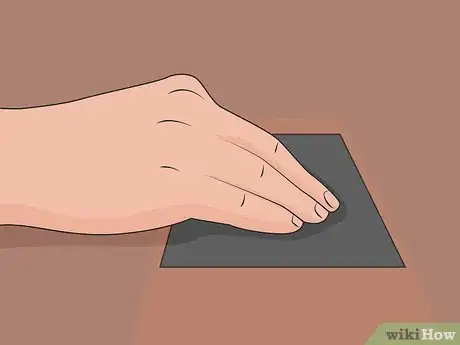
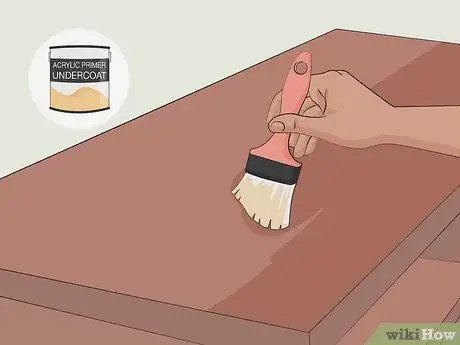
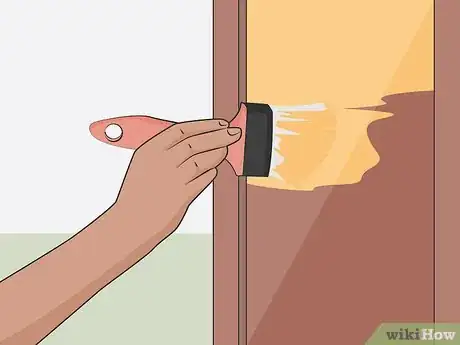
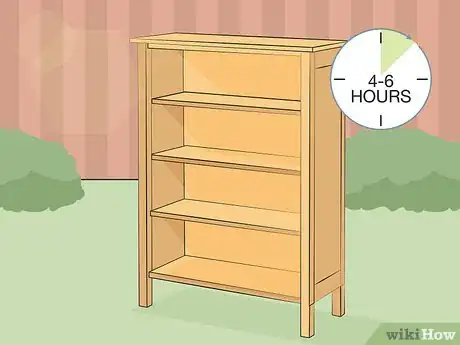

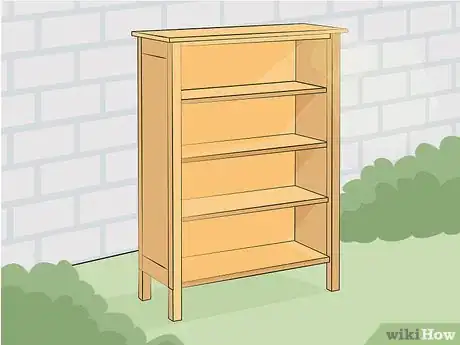

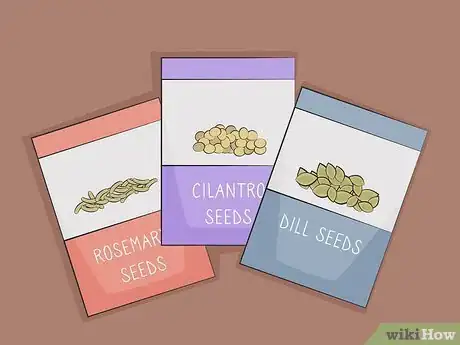
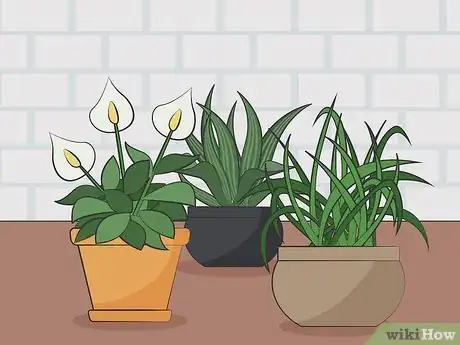
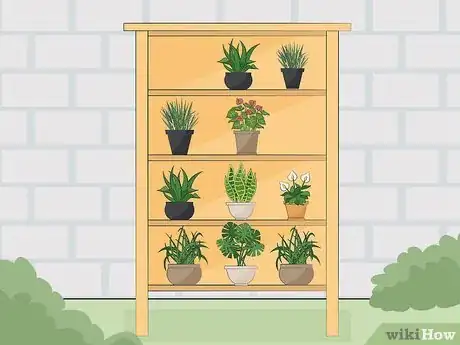
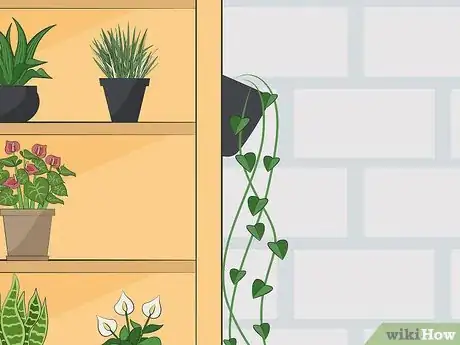
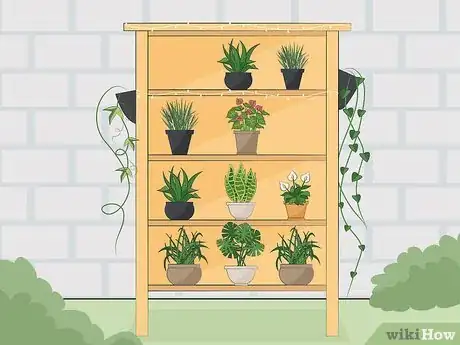
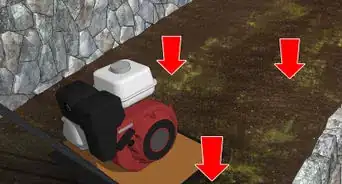
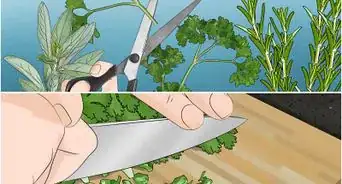
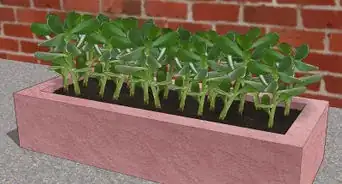

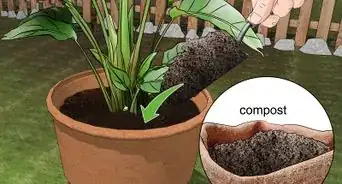
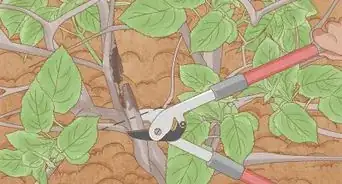
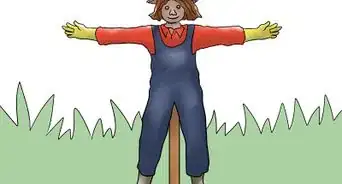

-Oven-Step-15.webp)



